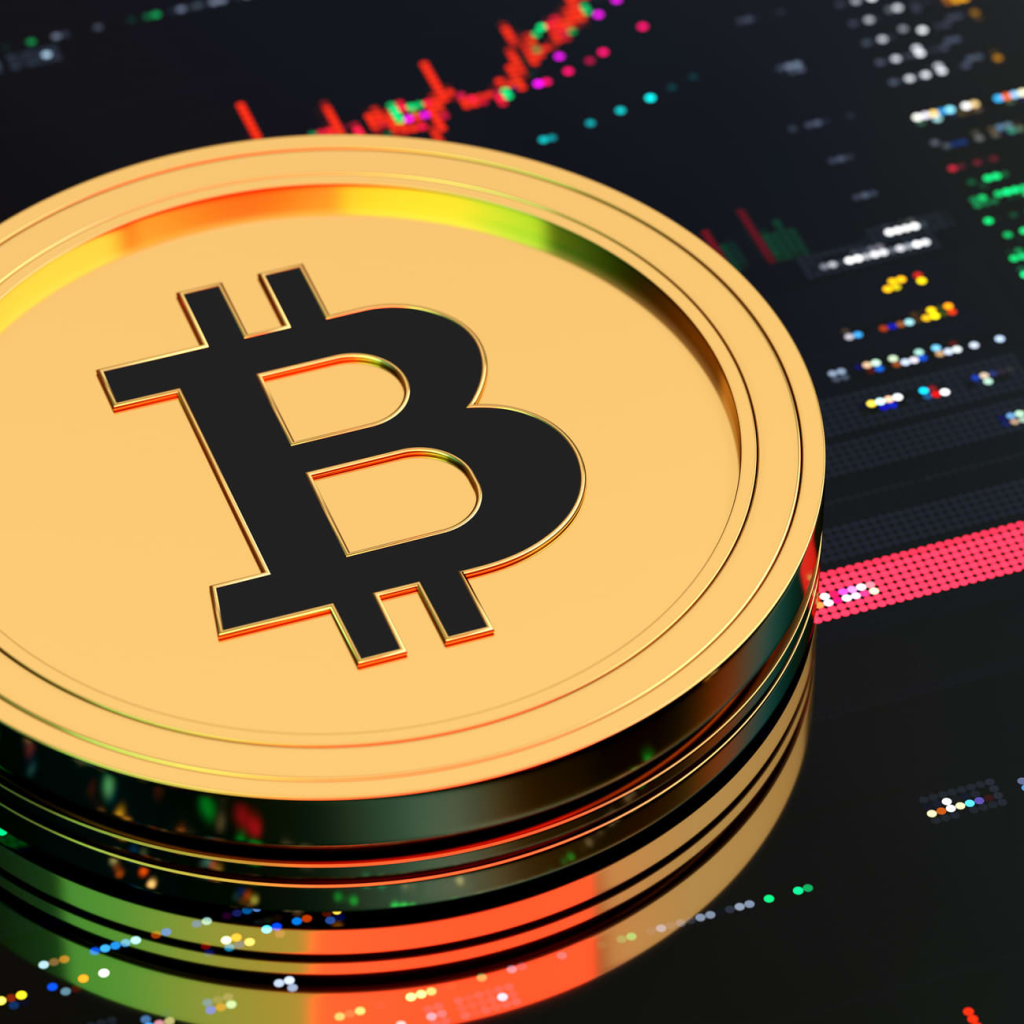
Cryptocurrency exchanges are the backbone of the digital asset ecosystem, facilitating trades and investments across a diverse range of tokens. However, not all exchanges are created equal. They differ significantly in terms of security, liquidity, fees, and user experience, among other factors. To help investors and traders make informed decisions, it’s essential to categorize these exchanges into different tiers based on their reliability, services offered, and overall reputation in the market. In this comprehensive guide, we’ll delve into the tiers of crypto exchanges, their characteristics, and what factors make them reliable.
Understanding Cryptocurrency Exchange Tiers
The cryptocurrency exchange market can be broadly categorized into four tiers:
- Top-Tier Exchanges (Tier 1): These are the most established and reliable exchanges, known for their robust security, high trading volumes, and wide range of supported cryptocurrencies. They typically comply with global regulations and provide advanced trading features.
- Mid-Tier Exchanges (Tier 2): Mid-tier exchanges are generally reputable but may lack the global reach, liquidity, and compliance levels of top-tier platforms. They often focus on specific regions or niches in the market.
- Low-Tier Exchanges (Tier 3): Low-tier exchanges are less established, with lower trading volumes and a limited range of cryptocurrencies. They may not have a strong security record or regulatory compliance, making them riskier for users.
- Emerging or Niche Exchanges (Tier 4): These platforms cater to specific audiences or offer unique services. While they may show potential, they are often considered less reliable due to their newness or limited track record.
Let’s break down each tier in detail and explore their reliability, key features, andwhat sets them apart.
Tier 1: Top-Tier Cryptocurrency Exchanges

Characteristics:
- High Liquidity: Tier 1 exchanges boast some of the highest trading volumes in the market. This high liquidity means that users can buy and sell assets quickly without significant price slippage.
- Robust Security: Top-tier exchanges prioritize security, using advanced features such as cold storage for funds, two-factor authentication (2FA), and insurance policies against potential hacks.
- Regulatory Compliance: These exchanges operate under stringent regulatory guidelines and have licenses in various jurisdictions, ensuring a high level of trust and transparency.
- Advanced Trading Features: They offer features like margin trading, futures, options, and staking services, catering to both retail and institutional investors.
- Reputation: Top-tier exchanges have established themselves over time with a strong user base and a positive reputation in the community.
Examples:
- Binance: Known for its high trading volumes and wide range of supported cryptocurrencies, Binance is a leading global exchange. It offers a variety of services, including spot trading, futures, staking, and even decentralized finance (DeFi) integrations.
- Coinbase Pro: A part of the Coinbase ecosystem, Coinbase Pro offers more advanced trading options. It is highly regulated in the U.S., making it one of the safest platforms for trading.
- Kraken: Kraken is known for its security and compliance. It supports various fiat currencies and provides advanced trading tools, making it a go-to exchange for professional traders.
- Huobi Global: This exchange has a strong presence in Asia and offers a range of trading options, including futures and options. Huobi has built a solid reputation for security and compliance over the years.
Reliability Factors:
- Security: Top-tier exchanges employ state-of-the-art security measures, including multi-signature wallets, regular audits, and insurance against losses.
- Regulatory Adherence: They comply with KYC (Know Your Customer) and AML (Anti-Money Laundering) regulations, ensuring transparency and safety for users.
- Customer Support: Most Tier 1 exchanges provide responsive customer support through multiple channels, ensuring users can resolve issues swiftly.
Tier 2: Mid-Tier Cryptocurrency Exchanges

Characteristics:
- Moderate Liquidity: While not as high as Tier 1 exchanges, mid-tier platforms have decent liquidity, allowing for smooth trading experiences for most users.
- Good Security Practices: Although they might not have the same level of security as top-tier exchanges, they still implement sound practices like cold storage and 2FA.
- Regional Focus: Many mid-tier exchanges focus on specific geographical markets or niches, such as privacy coins or specific DeFi projects.
- Compliance Levels: These platforms generally adhere to regulations but might not have licenses in all major jurisdictions.
Examples:
- KuCoin: Often referred to as the “People’s Exchange,” KuCoin offers a broad selection of altcoins and trading pairs. It provides features like staking and lending but lacks the same regulatory status as Tier 1 platforms.
- Bitfinex: Bitfinex has high liquidity and offers advanced trading options. However, it has faced controversies in the past regarding its association with Tether and its regulatory status.
- Bittrex: Bittrex has a strong security record and offers a wide variety of cryptocurrencies. It focuses on user security but is not as popular in terms of trading volumes compared to Tier 1 exchanges.
- Gate.io: This exchange is known for listing new and emerging tokens. It’s popular among users looking to invest in early-stage projects but lacks the liquidity and global reach of top-tier platforms.
Reliability Factors:
- Security: Mid-tier exchanges maintain decent security standards but might not have the same extensive measures as Tier 1 platforms.
- Compliance: Some mid-tier exchanges are registered or licensed in select jurisdictions, but not all have the same regulatory reach as top-tier exchanges.
- Market Depth: The liquidity and order book depth are often lower, making them less ideal for large-volume traders.
Tier 3: Low-Tier Cryptocurrency Exchanges

Characteristics:
- Low Liquidity: Low-tier exchanges typically have low trading volumes and a limited number of active users. This can lead to significant price slippage when executing large trades.
- Limited Security Measures: Security practices might be rudimentary or outdated, increasing the risk of hacks or losses.
- Uncertain Regulatory Status: Many low-tier exchanges operate with minimal regulatory oversight, making them riskier for users.
- Poor Reputation: These platforms may have faced issues like hacks, withdrawal restrictions, or management controversies, leading to a poor reputation in the community.
Examples:
- YoBit: YoBit has been known for its high-risk, high-reward trading environment. It often lists obscure tokens but has faced numerous complaints regarding its reliability and support.
- Livecoin: This exchange offers a variety of altcoins but has been plagued by poor user feedback and allegations of exit scams.
- Crex24: Known for its wide range of low-market-cap cryptocurrencies, Crex24 has limited liquidity and security features, making it a less attractive option for serious traders.
- Hotbit: Hotbit has a diverse selection of tokens but has faced criticism for its lack of transparency and low trading volumes.
Reliability Factors:
- Security: Security protocols are often weak, with many low-tier exchanges lacking insurance, robust encryption, or cold storage for funds.
- User Support: Customer support is often minimal or non-existent, making it difficult for users to resolve issues.
- Withdrawal Limits: Some exchanges have restrictive withdrawal limits or might delay withdrawals, raising red flags about their financial stability.
Tier 4: Emerging or Niche Cryptocurrency Exchanges

Characteristics:
- Focused Services: These exchanges typically cater to specific user needs, such as decentralized finance (DeFi), derivatives trading, or privacy-focused tokens.
- Innovative Features: They often introduce unique features or tokenomics that set them apart from traditional exchanges.
- Low Liquidity and Trading Volume: Due to their niche nature or newness, they generally have lower liquidity and smaller user bases.
- Experimental and High Risk: Emerging exchanges may show promise but also come with significant risks due to their lack of history, regulatory status, and community trust.
Examples:
- dYdX: A decentralized exchange focused on perpetual contracts and derivatives trading. It has gained popularity for its decentralized nature and advanced trading features but lacks the liquidity of centralized exchanges.
- Uniswap: Uniswap is a decentralized exchange built on Ethereum, enabling users to trade ERC-20 tokens directly from their wallets. It has lower liquidity compared to centralized platforms but offers greater control over funds.
- PancakeSwap: Operating on the Binance Smart Chain, PancakeSwap caters to users looking for a decentralized alternative with low fees. It’s popular for yield farming but comes with the inherent risks of DeFi protocols.
- 1inch: 1inch is an aggregator that connects with multiple decentralized exchanges (DEXs) to find the best rates. It’s ideal for DeFi users but lacks the comprehensive trading features of centralized exchanges.
Reliability Factors:
- Security: While decentralized exchanges like dYdX and Uniswap have sound smart contract security, they are susceptible to issues like impermanent loss, rug pulls, and smart contract exploits.
- Liquidity: Liquidity can vary widely depending on the pair being traded, making them less reliable for large trades.
- User Experience: Emerging exchanges might have steep learning curves or lack the smooth user experience of more established platforms.
Key Factors Influencing the Reliability of Cryptocurrency Exchanges
When evaluating the reliability of a crypto exchange, it’s crucial to consider several key factors:
- Security Measures: Look for exchanges that employ robust security protocols, such as cold storage for the majority of funds, multi-signature wallets, regular security audits, and insurance coverage against hacks.
- Regulatory Compliance: An exchange’s regulatory status can impact its reliability. Platforms that comply with global KYC and AML regulations are generally safer and less likely to engage in fraudulent activities.
- Reputation and Track Record: An exchange’s history in the market is a good indicator of its reliability. Check for any past security breaches, controversies, or user complaints that could affect its trustworthiness.
- Trading Volume and Liquidity: High liquidity and trading volume mean that there’s a large pool of buyers and sellers, allowing for smoother and faster transactions. This is especially important for traders dealing with large volumes.
- Fee Structure: Compare the trading, withdrawal, and deposit fees across different exchanges. Some platforms offer lower fees for high-volume traders or for using native exchange tokens.
- Customer Support: Reliable exchanges provide multiple channels for customer support, such as live chat, email, or phone support. The responsiveness and quality of support can make a big difference during critical trading scenarios.
- User Interface and Experience: A well-designed user interface enhances the trading experience and reduces the likelihood of mistakes. Look for platforms with intuitive navigation, clear charting tools, and seamless order execution.
- Transparency and Audits: Exchanges that regularly publish proof-of-reserves audits and are transparent about their business practices are generally more reliable.
Conclusion: Choosing the Right Cryptocurrency Exchange Based on Tiers
Choosing a reliable cryptocurrency exchange is crucial for protecting your assets and ensuring a smooth trading experience. Understanding the different tiers of crypto exchanges helps in identifying the platforms that best suit your needs, whether you’re a beginner looking for a secure and user-friendly platform or a professional trader seeking advanced tools and high liquidity.
Top-tier exchanges like Binance and Coinbase Pro are ideal for those prioritizing security, compliance, and a broad range of trading options. Mid-tier exchanges such as KuCoin and Bitfinex offer a balance of security and niche trading pairs. Low-tier Cryptocurrency exchanges come with higher risks and are often best avoided unless you’re specifically looking for less liquid or obscure assets. Finally, emerging or niche exchanges like dYdX and Uniswap are suited for users willing to explore innovative features and decentralized finance opportunities.
By carefully evaluating an exchange’s tier, security, compliance, and reputation, you can make a more informed decision and safeguard your investments in the ever-evolving world of cryptocurrencies.

